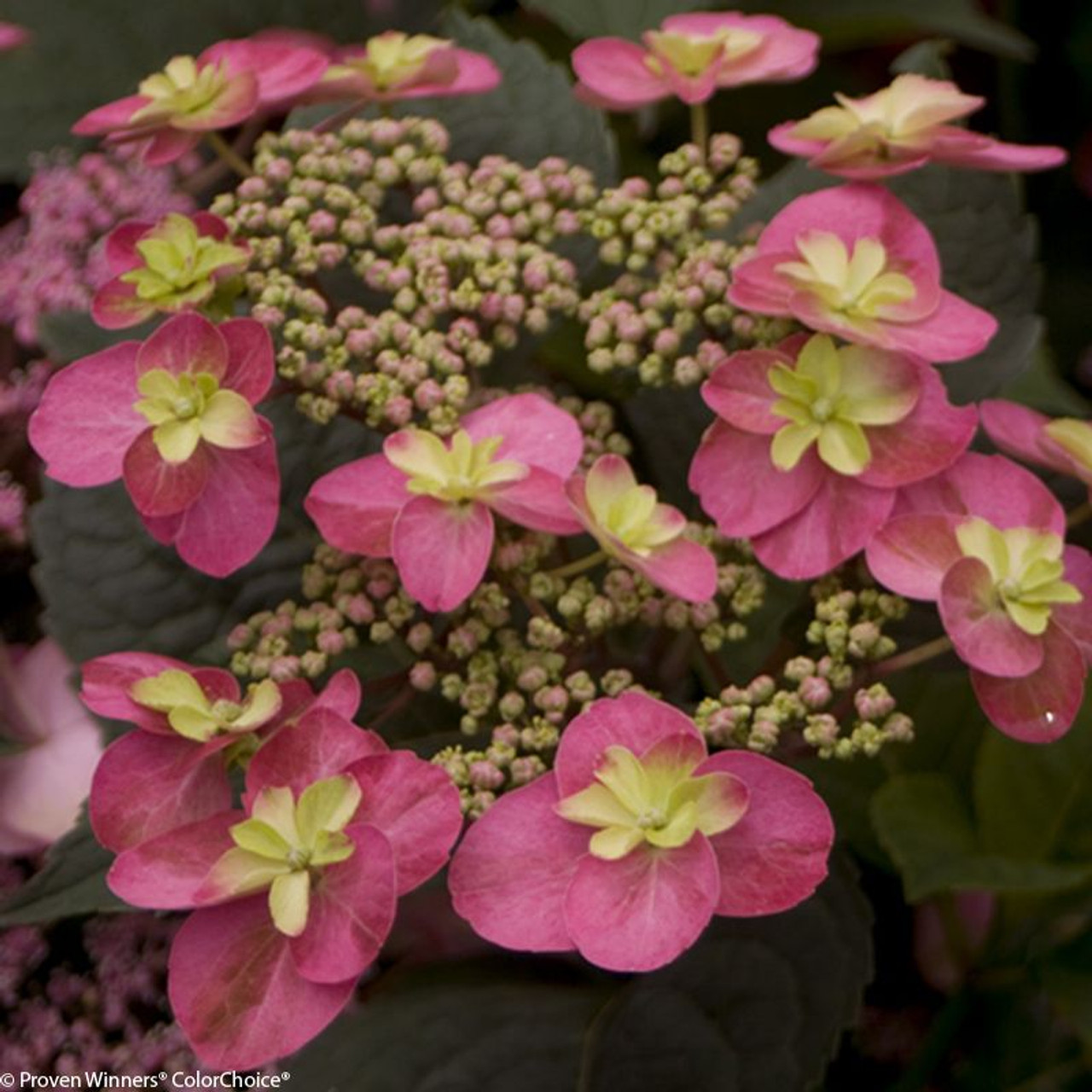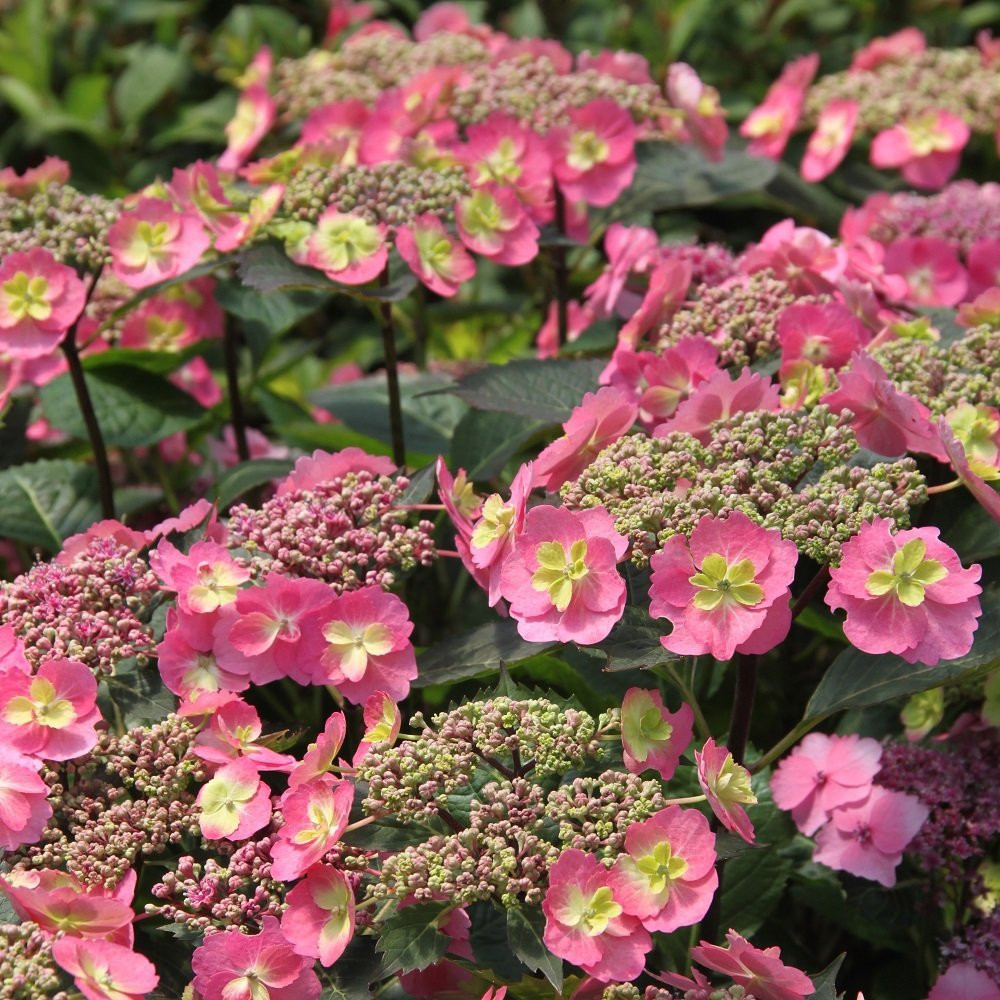Tuff Stuff Red Hydrangea: The Ultimate Guide To Growing This Beautiful Flower
Tuff Stuff Red Hydrangea: The Ultimate Guide to Growing This Beautiful Flower
Hydrangeas are some of the most popular flowers in the world, and for good reason. They come in a wide variety of colors, sizes, and shapes, and they can be grown in a variety of climates. Tuff Stuff Red Hydrangea is a particularly popular variety, thanks to its vibrant red flowers and its tough, disease-resistant foliage.
If you're thinking about adding a Tuff Stuff Red Hydrangea to your garden, here's everything you need to know about growing this beautiful flower.
Introduction
Tuff Stuff Red Hydrangea is a deciduous shrub that grows about 3 feet tall and 4 feet wide. It has dark green, serrated leaves and large, panicle-shaped flowers that bloom in the summer. The flowers start out a light pink color, but they gradually turn red as they mature.
Tuff Stuff Red Hydrangea is a tough plant that is resistant to a variety of diseases, including powdery mildew and aphids. It is also relatively drought-tolerant, making it a good choice for gardens in hot, dry climates.
Main Content
Growing Tuff Stuff Red Hydrangea
Tuff Stuff Red Hydrangea is a relatively easy plant to grow. It prefers full sun, but it can also tolerate partial shade. The soil should be well-drained and slightly acidic.
Tuff Stuff Red Hydrangea does not need to be fertilized very often. A light application of fertilizer in the spring will help to promote new growth and flowering.
Watering is important, especially during the summer months. Tuff Stuff Red Hydrangea should be watered deeply once a week.
Pruning
Tuff Stuff Red Hydrangea should be pruned in the spring, after the flowers have faded. Prune back any dead, diseased, or damaged branches. You can also lightly trim the plant to shape it.
Winter Care
In cold climates, Tuff Stuff Red Hydrangea may need to be protected from the cold. Mulch around the plant with a layer of 2 to 3 inches of organic material. You may also need to cover the plant with a sheet of burlap or plastic.
Problems
Tuff Stuff Red Hydrangea is a relatively problem-free plant. However, it can be susceptible to a few diseases, including powdery mildew and aphids. If you notice any problems, you can treat them with a mild fungicide or insecticide.
Propagation
Tuff Stuff Red Hydrangea can be propagated by cuttings. Take cuttings in the spring or summer from healthy, new growth. Root the cuttings in a mixture of peat moss and perlite.
Conclusion
Tuff Stuff Red Hydrangea is a beautiful and easy-to-grow flower that can add a touch of color to any garden. With proper care, this plant will thrive for many years to come.
If you're looking for a beautiful and hardy hydrangea that will add color to your garden, look no further than the Tuff Stuff Red Hydrangea. This stunning shrub blooms in shades of red, pink, and purple, and it's perfect for even the smallest gardens. Tuff Stuff Red Hydrangeas are also very low-maintenance, so you can enjoy their beauty without having to worry about a lot of upkeep.
If you're interested in learning more about Tuff Stuff Red Hydrangeas, I recommend visiting . This website has a wealth of information about the plant, including its care requirements, planting tips, and more. You can also find photos and videos of the plant in bloom, so you can see for yourself how beautiful it is.
FAQ of tuff stuff red hydrangea
1. What are the care requirements for Tuff Stuff Red Hydrangea?
Tuff Stuff Red Hydrangea is a relatively low-maintenance plant, but it does require some basic care. Here are the key things to keep in mind:
- Water regularly, especially during hot, dry weather.
- Fertilize once in early spring with a rose fertilizer.
- Plant in full sun or partial shade.
- Amend the soil with compost or peat moss to improve drainage.
- Protect from frost in colder climates.
2. What is the bloom time for Tuff Stuff Red Hydrangea?
Tuff Stuff Red Hydrangea blooms in midsummer through fall. The flowers are a deep pink color and keep their color regardless of the soil pH.
3. Do red hydrangeas need acidic soil?
No, red hydrangeas do not need acidic soil. In fact, they will bloom a deeper pink color in neutral or basic soil. Blue hydrangeas, on the other hand, do need acidic soil.
4. What are some common pests and diseases that affect Tuff Stuff Red Hydrangea?
The most common pests that affect Tuff Stuff Red Hydrangea are aphids, spider mites, and scale. The most common diseases that affect this plant are leaf spot and powdery mildew.
5. How can I propagate Tuff Stuff Red Hydrangea?
Tuff Stuff Red Hydrangea can be propagated by taking cuttings in the spring or fall. Simply take a 4-6 inch cutting from a healthy plant and root it in a pot of moist potting mix.
Image of tuff stuff red hydrangea
- Image 1: A close-up of a single red tuff stuff hydrangea flower. The petals are a deep, vibrant red color and they are arranged in a loose cluster.

- Image 2: A full shot of a tuff stuff hydrangea bush covered in red flowers. The flowers are a deep red color and they are arranged in large clusters. The leaves of the bush are a dark green color.
- Image 3: A tuff stuff hydrangea bush in a garden setting. The bush is surrounded by other plants, including green shrubs and white flowers. The red flowers of the tuff stuff hydrangea stand out against the green foliage.

- Image 4: A tuff stuff hydrangea bush in a pot. The bush is planted in a large pot and it is placed on a patio. The red flowers of the bush are in full bloom and they are a beautiful contrast to the blue sky.

- Image 5: A bouquet of red tuff stuff hydrangea flowers. The flowers are arranged in a vase and they are surrounded by green leaves. The red flowers are a beautiful centerpiece for a table or shelf.


Post a Comment for "Tuff Stuff Red Hydrangea: The Ultimate Guide To Growing This Beautiful Flower"